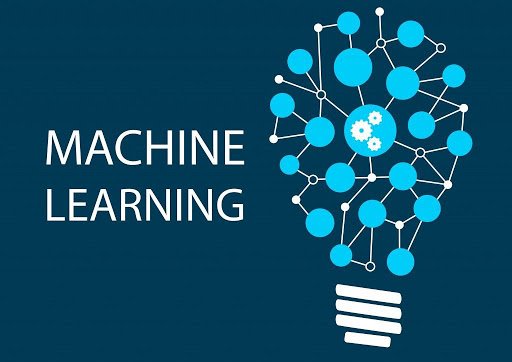3 min read
The Top IT Tools for Small Businesses
The current times have seen a significant rise in small businesses. Entrepreneurship in these unprecedented times needs careful planning and...
Today's robots are not built to steal work from their fellow human beings. Alternatively, they are being built with an emphasis on doing repetitive things that human beings do not do. Though essential, these types of tasks can be done easier by a robot than by a human, thereby allowing the individual to do more interesting things.
A robot may be defined as a computer that is created artificially and that can complete research and other tasks as typically performed by humans. A robot is designed to operate automatically, or by following remote control instructions. The analysis of how robots work or act is known as robotics.
Robotics development influences many facets of the job and the house. Robotics can constructively turn lives and work processes, improve productivity and protection standards and offer improved service rates. Across factories around the world, machines are used in assembly lines to make it far harder for humans to do the job. Robots are utilized in vehicle sequential construction systems and they have a reliable yield.
Time and expense are critical considerations in the market. Robots are utilized in vehicle sequential construction systems and they have a reliable yield.
Within a certain period of time people get sick of repetition. When time goes by, our performance and competitiveness is beginning to wane. Worse, fatigue in the long run can contribute to injuries such as carpal tunnels that may potentially force a person out of work. Robots aren't suffering from these problems. They are able to execute activities regularly without reductions in efficiency.
By their own definition, robots are more accurate than humans. We can execute functions more effectively with a high degree of precision, without human error. Everything machines are now doing is sensitive things like filling medications or finding the correct dosages.
Robotic Process Automation is the technology that helps us to program machine machines now, or a "robot" to simulate and implement the behavior of a person working inside automated networks to conduct a business procedure. RPA robots allow use of the user interface to collect data and control programs much as humans do. They translate, activate responses and interact with other devices to work on a wide variety of routine activities. Just significantly better: a computer with RPA tech rarely sleeps and commits zero errors.
Filling in as a virtual business right hand, bots complete dull undertakings, saving time for representatives to focus on all the more captivating, income producing errands. Some portion of the magnificence of mechanical procedure mechanization innovation is that it offers even non-specialized workers the instruments to arrange their product robots to settle computerization challenges. RPA robots can imitate several – if not all – behavior of human users. They can sign in to programs, transfer files and directories, copy and paste data, fill out reports, retrieve structured and semi-structured data from records, crawl apps, and more.
RPA's fluid design separates it from historically proven automation approaches, making it a valuable platform for automation enabling digital innovation and the future of work. Bots just obey the directions to obey, which have an audit trail background for each move. Bots may often reflect on their previous acts if portions of a procedure need analysis. The regulated design of bots renders them acceptable only to the strictest levels of conformity.
3 min read
The current times have seen a significant rise in small businesses. Entrepreneurship in these unprecedented times needs careful planning and...
Today the industry associates robotics and automation as one industry. So a prudent idea would be to study some of the sectors dealing with...

The developing technology is acting as a boon to the human civilization for good. You might not know much about the term “machine learning” you...